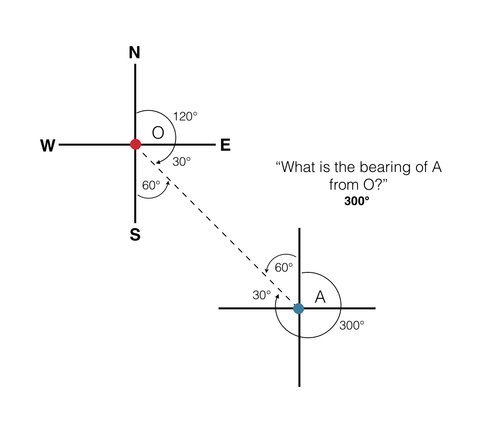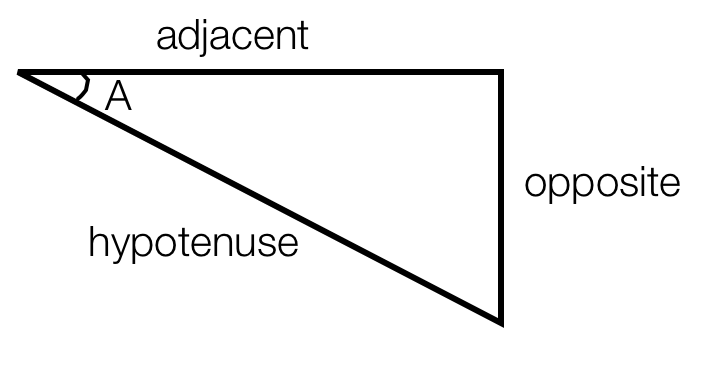As you can see, the word itself refers to three angles - a reference to triangles.
The word 'trigonometry' is commonly believed to originate from the Greek words trigonon and metron which mean "triangle" and "measure". Trigonometry is literally the measuring (of angles and sides) of triangles.This is a very old science that may have been used in a basic form in ancient Egypt. It was the Greeks that formalized the first trigonometric functions, starting with Hipparchus of Bithynia in around 150 B.C.
Trigonometry is a specialist branch of geometry that deals with the study of triangles. It is sometimes informally referred to as "trig." In trigonometry, we study the relationships between the sides and angles of triangles. Right triangles are a key area of study in this area of mathematics.
Trigonometric functions describe the relationships between the angles and sides of a triangle. In modern, mathematics, there are six main trigonometric functions, also called trigonometric formulas: sine, tangent, secant, cosine, cotangent, and cosecant. These functions describe the ratios of the sides of right triangles.
Trigonometric identities are algebraic equations that are important elements of the study of triangles. Trigonometric identities include Pythagorean identities, reduction formulas, and cofunction identities. Often, a trigonometry calculator is used to solve trig problems.
Trigonometry courses may cover study topics such as how to use the trigonometric functions to solve right triangles, and the Pythagoras' Theorem. In addition, non-right angled triangles can be solved using the sine and cosine trigonometric functions. More advanced educational courses may include the study of complex numbers, polar coordinates, De Moivre's Theorem, and Euler's Formula.
- k.v.


















